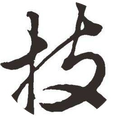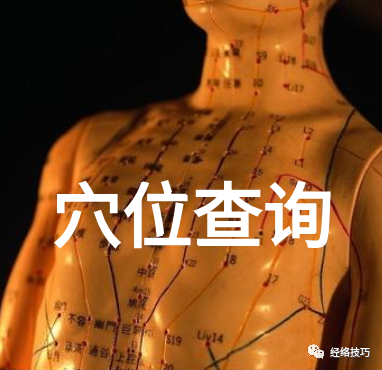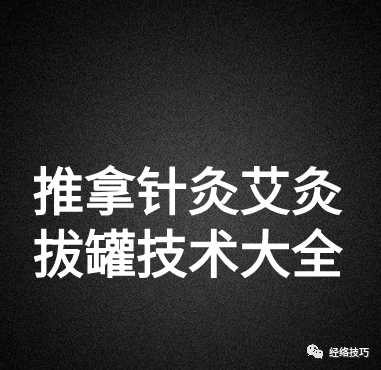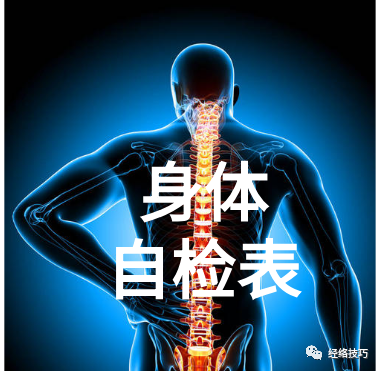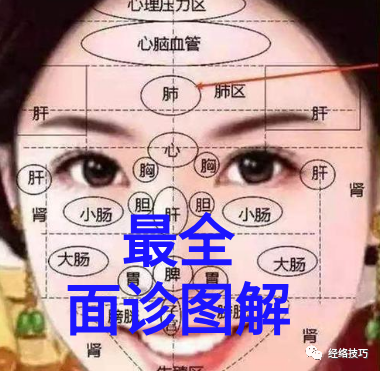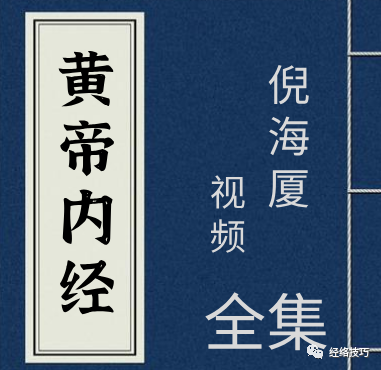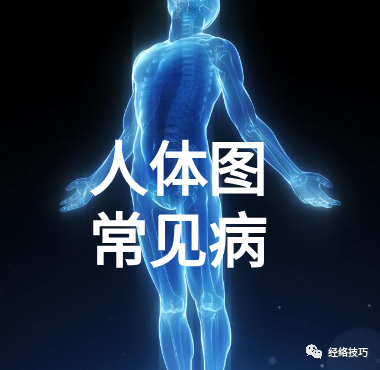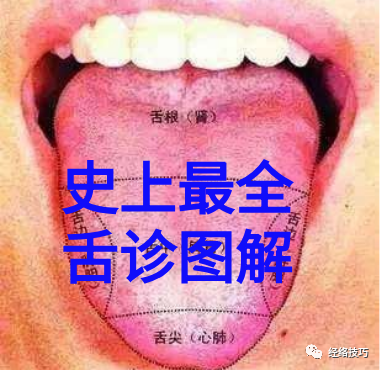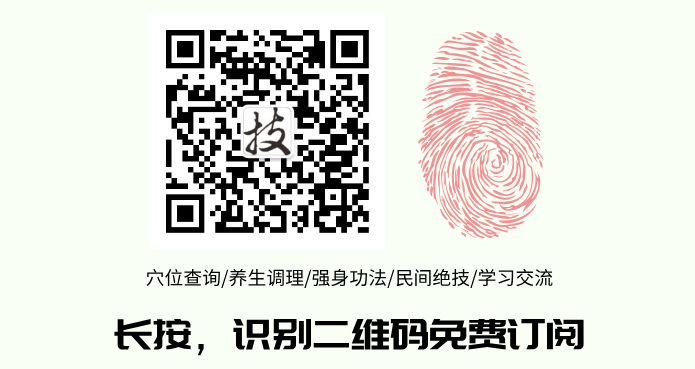
Click the image below to read ↓↓↓
|
|
|
|
|
|
|
|
|
|
—— The Main Text Below ——
Eliminating the “Five Evils” of the Human Body, Discussing the Thinking Behind TCM Prescriptions
Yangmi Nao Gu said: Western medicine categorizes the pathogens entering the human body into millions of types, resulting in millions of treatment methods. In contrast, Traditional Chinese Medicine (TCM) collectively refers to them as “evils,” thus TCM has only one treatment method, which is “supporting the righteous and expelling the evil.”
If we further categorize the evils affecting the human body, they can be divided into five types: external wind-cold, internal stagnant fluids, phlegm obstruction, damp stagnation, and blood stasis. Altogether, these are five types, and below we will detail their origins and characteristics. In summary, insufficient Yang in the body leads to obstruction in the circulation of Qi and blood. In the Qi aspect, this results in stagnant fluids, phlegm obstruction, and damp stagnation, while in the blood aspect, it leads to blood stasis. As for wind-cold, it is well known that it interferes with the circulation of Qi and blood in the skin, and fundamentally, it is due to the body’s insufficient Yang that allows external evils to take hold.
1. What is wind-cold? TCM divides it into two main categories: wind stroke (zhongfeng) and cold damage (shanghan). Wind stroke refers to the invasion of wind evil, which disrupts the normal circulation of Qi and blood at the skin level, resulting in a type of exterior deficiency syndrome. We use Gui Zhi Tang (Cinnamon Twig Decoction) to enhance blood circulation at the skin level, thus achieving the goal of supporting the righteous and expelling the evil. In contrast, the exterior excess syndrome corresponds to cold damage, which occurs when wind-cold attacks the body, causing the pores to close as a normal stress response to resist external evils. However, if this response is excessive, the pores remain closed, leading to obstruction in the exchange of Qi between the skin and the external environment, resulting in symptoms such as no sweating, aversion to cold, and subsequent high fever.
The main characteristics of wind-cold evil are twofold: first, at the onset, it is an invisible evil that cannot be traced anatomically; second, TCM states that “all diseases originate from cold damage,” indicating that external wind-cold acts like a tear in the body’s immune or self-regulatory system, leading to various subsequent abnormalities. The most famous formula for treating wind-cold is Gui Zhi Tang, which can enhance blood circulation and expel wind-cold evil from the body. I often think of Gui Zhi Tang as a substitute for physical exercise.
2. Stagnant fluids, phlegm obstruction, and damp stagnation. These three conditions are essentially the same, all caused by metabolic disorders of body fluids. Stagnant fluids are relatively straightforward; body fluids normally circulate within the San Jiao (Three Burners) system. When Yang Qi is insufficient, the kinetic and thermal energy of gaseous water becomes inadequate, leading to the transformation into liquid water that stagnates in a certain area, which is termed stagnant fluids. Common formulas for treating stagnant fluids include Ling Gui Zhu Gan Tang (Poria, Cinnamon, Atractylodes, and Licorice Decoction) and Wu Ling San (Five-Ingredient Powder with Poria). In these, Gui Zhi provides the necessary thermal and kinetic energy, which is the Yang Qi, while Fu Ling acts like a clearing agent for the San Jiao water pathways, thus working together to eliminate stagnant fluids.
Phlegm obstruction, as the name suggests, occurs when stagnant fluids remain in one place for too long and become thick and sticky, resulting in phlegm. Due to its high viscosity, phlegm is not easily cleared. Fu Ling alone is insufficient; we need to use Xie Bai (Garlic Chives), Ban Xia (Pinellia), and Chen Pi (Dried Tangerine Peel). For phlegm in the lungs, we use Jie Geng (Platycodon), and for phlegm in the stomach, we use Zao Jiao (Soapberry). The representative formula is Gua Lou Xie Bai Gui Zhi Tang (Trichosanthes and Garlic Chives Decoction), which effectively eliminates phlegm from the pericardium, while Er Chen Tang (Two-Cured Decoction) is also effective for phlegm in the spleen and stomach.
Damp stagnation is somewhat special; although it is related to water, it may not be visible upon dissection. It is like pouring water on muddy soil; we see puddles of water, which indicate stagnant water. After a while, the water seeps into the soil, and we can no longer see it, only the soil appears wet. Thus, dampness integrates with the soil, and the dampness within the human body is similar; it is sticky. To eliminate it, we must gradually dry it out from the soil. Cang Zhu (Atractylodes) is the main herb for drying dampness, along with Yi Yi Ren (Job’s Tears), Fang Ji (Stephania), and Zhi Mu (Anemarrhena) used according to the location of dampness. Dampness belongs to the spleen, so Ping Wei San (Calm the Stomach Powder) and Li Zhong Tang (Regulate the Middle Decoction) are also effective for expelling dampness.
3. Blood stasis. The previous discussions focused on the Qi aspect. If insufficient Yang leads to poor circulation in the blood aspect, it results in the evil of “blood stasis.” Blood is supposed to circulate continuously, but when the force of circulation is insufficient, some blood may adhere to the walls of blood vessels and become stagnant. Over time, this accumulation leads to bad blood, and many serious diseases can trace their origins back to a small area of blood stasis, including cancer. Therefore, invigorating blood and resolving stasis is a common method in TCM. For example, influenced by the work of Tang Rongchuan on “Blood Syndromes,” teacher Ni Hai Xia believes that “chronic illness must have stasis,” so he adds some invigorating blood and resolving stasis herbs to all treatments, which is certainly effective. Specific formulas include Xue Fu Zhu Yu Tang (Blood Mansion Decoction), Gui Zhi Fu Ling Wan (Cinnamon Twig and Poria Pill), Di Dang Tang (Rescue Decoction), and Tao Ren Cheng Qi Tang (Peach Kernel Decoction). Herbs like Dan Pi (Moutan), Chuan Xiong (Szechuan Lovage), Hong Hua (Carthamus), Tao Ren (Peach Kernel), and Di Long (Earthworm) are excellent for this purpose. It is also common in folk medicine to consume San Qi powder for maintenance, as San Qi primarily functions to invigorate blood and resolve stasis.
Having discussed the five evils of the human body, we conclude that as long as we eliminate these five evils, the internal environment of the body will be unobstructed, clean, and healthy. The key is for practitioners to discern which type of evil is causing the disorder. Is it really necessary to distinguish so clearly? In clinical practice, it is often the case that all five evils coexist in the same patient, which is also reasonable. For example, stagnant fluids may eventually transform into phlegm over time. During the transitional phase, both phlegm and stagnant fluids may be present. If stagnant fluids remain for too long, they will eventually seep into the muscles, forming dampness, right? Therefore, we should not be too rigid in our thinking. Furthermore, ancient TCM texts mention that “chronic illness must have stasis,” “phlegm is the source of all diseases,” “all diseases originate from dampness,” and “all diseases stem from cold damage.” All of these statements are true yet not entirely accurate, akin to blind men touching an elephant; they all perceive parts of the truth but not the whole. Thus, in my understanding, summarizing that “chronic illness must have the five evils” is correct (note that my concept of the five evils differs from that in the “Nanjing”). In clinical prescriptions, we target one evil as the main focus while treating the other four as auxiliary targets. This is the timeless golden principle of TCM prescription formulation. The saying goes, “If you know the essentials, you can conclude in one word; if you do not know the essentials, you will scatter endlessly.” Treating diseases in TCM is as simple as uncovering the root cause.
Based on supporting Yang, let’s discuss the “subtlety of prescription formulation for Yang deficiency.” Yangmi Nao Gu said: In previous articles, we discussed that eliminating the five evils from the human body leads to tranquility, unobstructed flow, and health. According to TCM definitions of deficiency and excess, something is considered excess if it is present, while something that is absent or invisible is considered deficient. In the case of the five evils, since there is something blocking, they generally fall under the category of “excess Yin.” There is one exception: the wind stroke condition treated with Gui Zhi Tang is not due to a blockage but rather a deficiency syndrome characterized by excessive looseness. Herein lies the problem: since we prioritize unblocking for “excess Yin syndromes,” what about “Yang deficiency syndromes”? Therefore, there is another scenario in prescription formulation that targets Yang deficiency. Of course, these two categories cannot be completely separated; Yang deficiency is the source of disease, and any illness, regardless of its differentiation, has a Yang deficiency aspect. The treatment of excess Yin must also incorporate the concept of supporting Yang. However, for the sake of clarity, we will discuss them as two separate categories, with this article focusing on the “subtlety of prescription formulation for Yang deficiency.”
The management of Yang deficiency must incorporate the concept of the five elements of generation and overcoming. See the diagram below: Many people struggle to understand the relationship of the five elements. If one forcefully asserts that the material world is composed of five basic elements, it would be a misunderstanding. This would lead to a lengthy discussion without yielding any results or solutions. In reality, the concept of the five elements has several key points:
Many people struggle to understand the relationship of the five elements. If one forcefully asserts that the material world is composed of five basic elements, it would be a misunderstanding. This would lead to a lengthy discussion without yielding any results or solutions. In reality, the concept of the five elements has several key points:
1. The five elements discuss movement and do not involve the material realm, as indicated by the character “行” (xing) in five elements; 2. In terms of Yin and Yang, the five elements discuss the functional states of Yang Qi, where wood represents the upward movement of Yang Qi, fire represents the dissemination of Yang Qi, earth represents the transformation of Yang Qi, metal represents the gathering of Yang Qi, and water represents the concealment of Yang Qi. Although Yang is upward-moving, it cannot only rise; thus, the five elements together form a cyclical movement of Yang Qi, creating a circular motion of rising, floating, descending, and sinking; 3. TCM correlates the five organs with the five elements, emphasizing the functional states of the organs rather than the specific organs themselves. Therefore, when discussing the liver, we refer to liver wood; when discussing the heart, we refer to heart fire; when discussing the spleen, we refer to spleen earth; when discussing the lungs, we refer to lung metal; and when discussing the kidneys, we refer to kidney water, all focusing on the functional states of the organs; 4. The generation and overcoming among the five organs also refer to the functional states between them, not the organs themselves being able to generate or overcome each other. Generation represents normal function, while overcoming represents deterioration; 5. What is the significance of organ disease? It is merely the material manifestation of the functional state of the organs being diseased, as the so-called Yang disease affects Yin.
Now that we understand the five key points above, the key to treating Yang deficiency becomes clearer. The “Jin Gui Yao Lue” begins by stating this point, illustrating the essence of treating Yang deficiency through examples. “When there is a liver disease, know that the liver transmits to the spleen; one must first strengthen the spleen.” Why must liver disease strengthen the spleen? The TCM community suggests that this is determined by the generation and overcoming relationship of the five elements. When the upward movement of Yang Qi is compromised, it will affect the transformation of Yang Qi below. Moreover, when the transformation of Yang Qi is compromised, it will affect the concealment of Yang Qi, and when the concealment of Yang Qi is poor, it will affect the dissemination of Yang Qi. When the dissemination is poor, it will affect the upward movement of Yang Qi.
When treating liver disease by strengthening the spleen, the disease is contained within the liver wood and does not transmit. This is the true essence of “the superior practitioner treats the disease before it manifests.” The subsequent discussion continues, stating, “The intermediate practitioner does not understand the transmission; when there is a liver disease, they do not strengthen the spleen, only treating the liver, and the other organs follow suit.” This applies to all other organs, illustrating the subtlety of prescription formulation for Yang deficiency, which is the most miraculous aspect of TCM.
In terms of specific herbs, those that support liver wood include Wu Zhu Yu (Evodia); those that support heart fire include Sheng Fu Zi (Prepared Aconite), Rou Gui (Cinnamon), Gui Zhi (Cinnamon Twig), and Zhi Gan Cao (Honey-fried Licorice); those that support spleen earth include Bai Zhu (Atractylodes) and Gan Jiang (Dried Ginger); those that support lung metal include Gan Jiang (Dried Ginger), Sheng Jiang (Fresh Ginger), and Wu Wei Zi (Schisandra); those that support kidney water include Pao Fu Zi (Prepared Aconite) and Xi Xin (Asarum). In cases of severe illness with overall Yang deficiency, we do not differentiate between liver, heart, spleen, lung, and kidney; we simply prescribe Si Ni Tang (Frigid Extremities Decoction), which encompasses all. For general Yang deficiency, when it is unclear which organ is affected, prescribing Si Ni Tang to warm and support the overall Yang is also effective, as the medical sage has already formulated the prescription for you. Considering the previous discussion, Yang deficiency should use the supporting method, while excess Yin should use the expelling method. Both supporting and expelling methods are included. TCM often emphasizes the importance of supporting the righteous and expelling the evil, but how many truly understand the meaning behind this? Of course, these two aspects cannot be completely separated; Yang deficiency can easily lead to excess Yin, and excess Yin must have a Yang deficiency aspect. Therefore, supporting the righteous and expelling the evil are often used together in a single prescription, with adjustments made based on the patient’s current state, prioritizing support for the righteous when the evil is strong, allowing for a powerful expulsion of the evil. Such a prescription formulation is nearly perfect.
⊙ Note:Content is for the purpose of popularizing TCM knowledge or for learning reference. Please operate under the guidance of a physician if necessary. This platform does not bear any responsibility for any consequences arising from this! The content is sourced from the internet; please contact us for removal if there is any infringement.Exciting continuation at 9 PM tomorrow……
Like and follow for health together!
